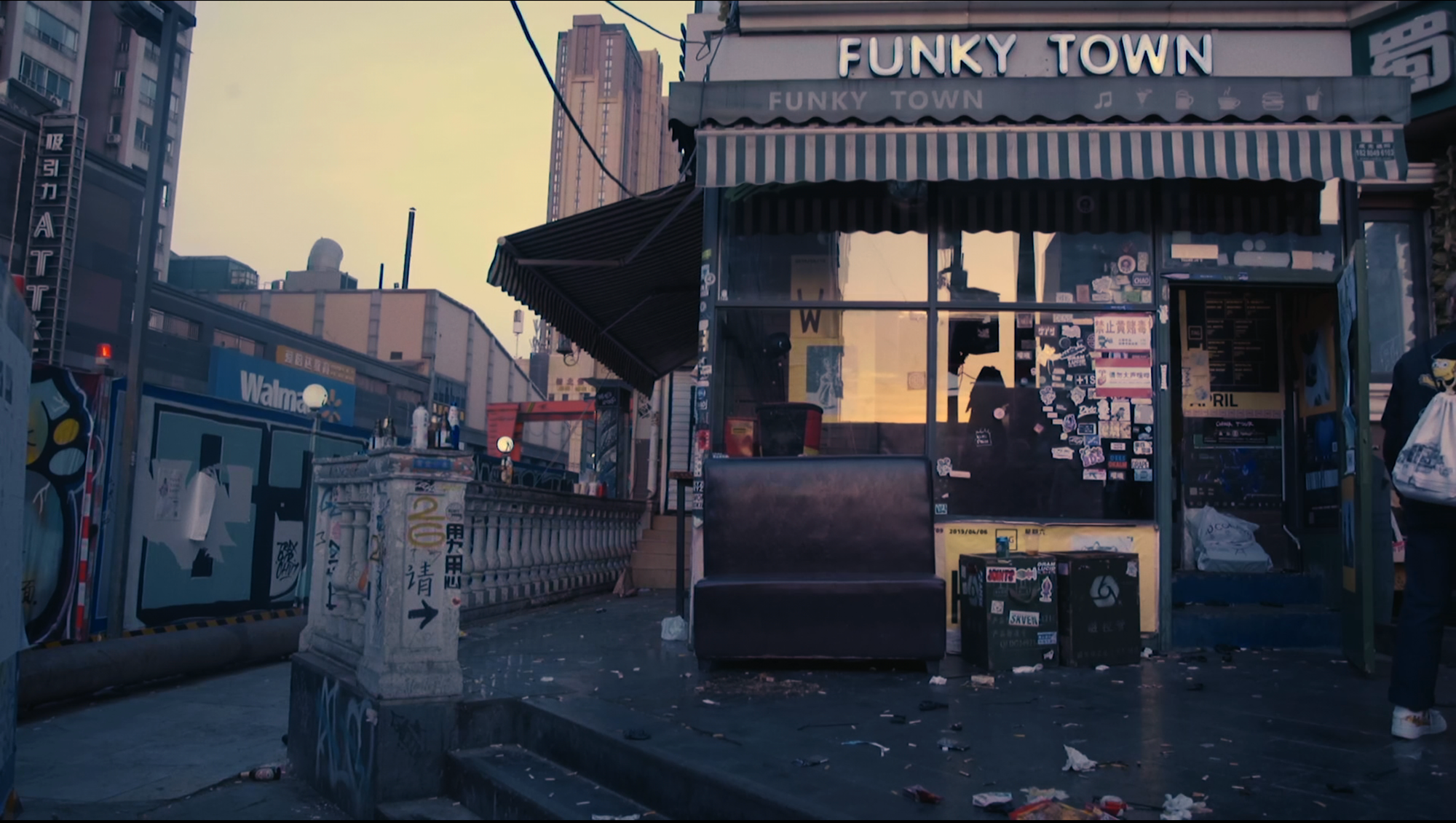Techno and the Chinese Century: 'The Last Year of Darkness' in review
This 2023 film about club culture and queer nightlife in Chengdu, China, is a compelling watch—and an eye-opening one.
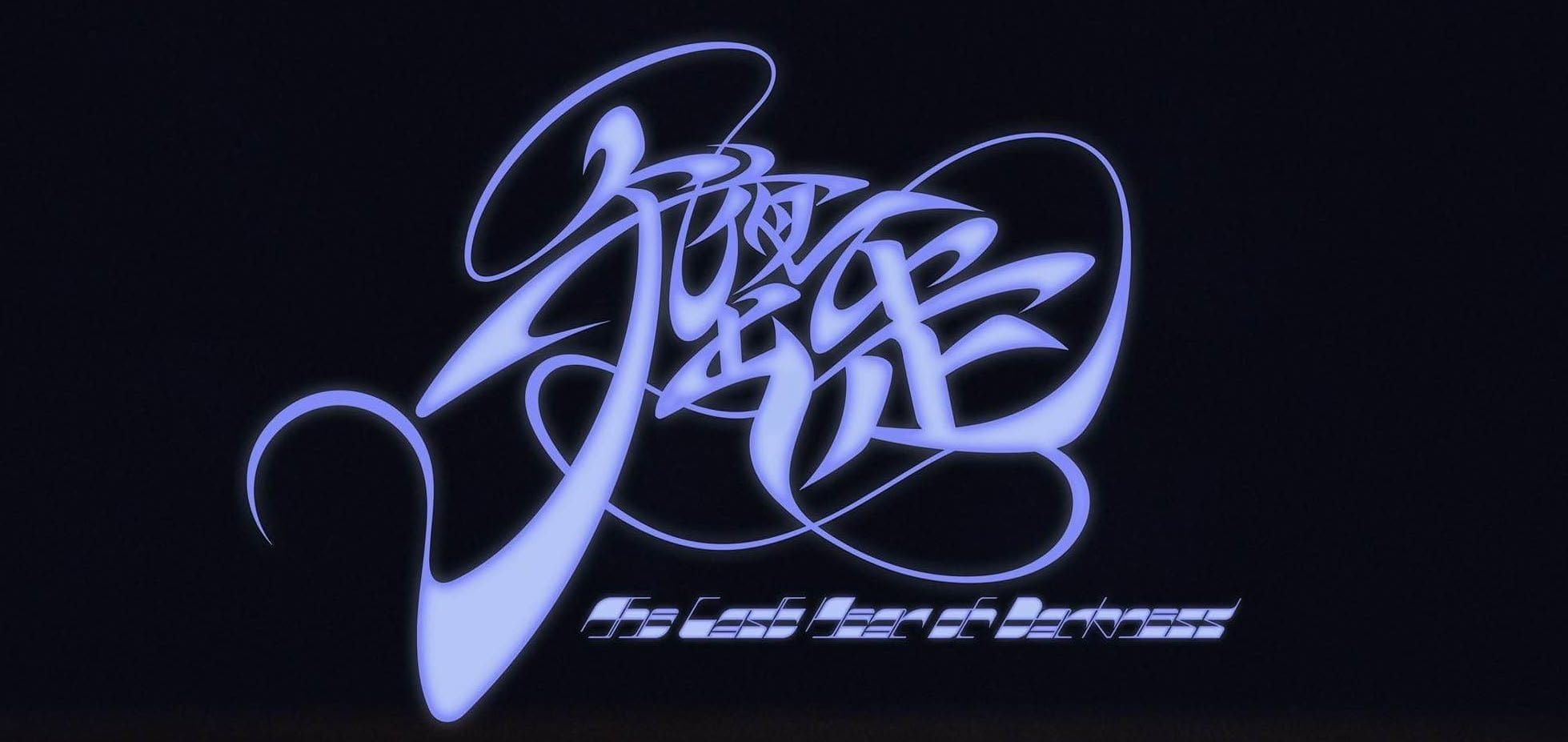
If you live in the United States of America like I do, you've spent the past several months, or the past several years, or perhaps your entire lifetime, inundated with alarmist, fearmongering news about China. Hardly a week goes by without the frenzied reveal of new threats that China poses to the U.S.: spies and monosodium glutamate back then; social media algorithms and low-cost large language models today. If you were to take the American government and mainstream news media seriously (please—I jest!), you might genuinely believe that the nation of China is not a critically important trading partner and potential geopolitical ally, but a peril to be dealt with at any cost.
That is to say, it's not easy for a typical American like myself to get a real sense of what life in modern China is actually like: its rhythms, its places, its people. That's why The Last Year of Darkness, a 2023 film about club culture and queer nightlife in Chengdu, China, is such a compelling watch—and for Americans in particular, an eye-opening one.
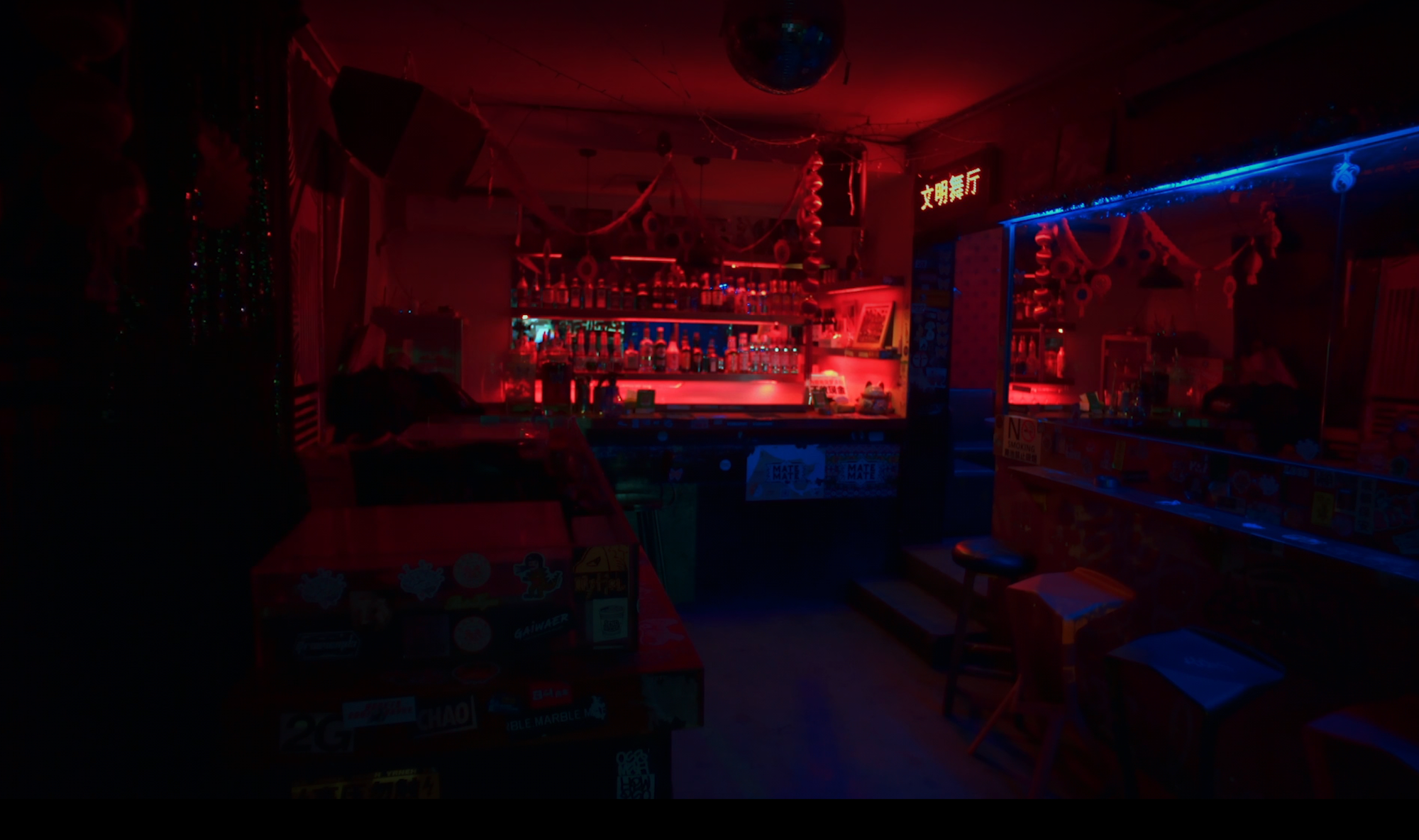
Presented in a "pseudo-documentary" style—more on that shortly—the 90-minute film follows a group of loosely connected friends and acquaintances, varying in gender and sexual expression, who regularly attend a small techno club in Chengdu while struggling to build community and find purpose amidst the hedonism and the liberty of the dancefloor. In other words, more or less the story of my own life, and maybe yours, too.
Realistic portrayals of club culture on film are few and far between. There's Paris Is Burning, whose portrait of the NYC ballroom scene remains essential queer history. There's Groove, a San Francisco classic starring every character you'll meet at a Bay Area warehouse party. And there's Beats, a Scottish film featuring an illegal rave in the early '90s and the most bang-on depiction of a psychedelic experience I've ever seen on film. Otherwise, most club scenes in movies are variations on Basic Instinct, The Matrix, or the "blood rave" from Blade: fun to watch, but not exactly true to life.

The Last Year of Darkness fully earns its place in the canon of realistic club movies because so many of its shots, pieced together from 600 hours of footage recorded over five years—at the club, on the dancefloor, and in the bedroom—are real. Or as real as you can get, at least, since the act of observation and recording is never a neutral act.
There's little plot to speak of in The Last Year of Darkness—a reflection, in a sense, of the scattershot chaos energy endemic to a good night out. Instead, the cast of characters drives the film forward. Kimberly, a posh and talented guzheng performer, seeks self-acceptance while grappling with anxiety and self-harm. 647, a scrappy skater and street philosopher, ekes out a bare living as a delivery driver. Darkle, a sassy gay DJ and party animal, delivers some of the film's funniest lines. Russian expat Gena, a DJ and producer, explores his sexuality while doubling as the film's cinematographer. Yihao, a drag artist who doesn't explore gender so much as tear it apart, strives to express and embody their queer identity amidst a society that would rather look the other way.
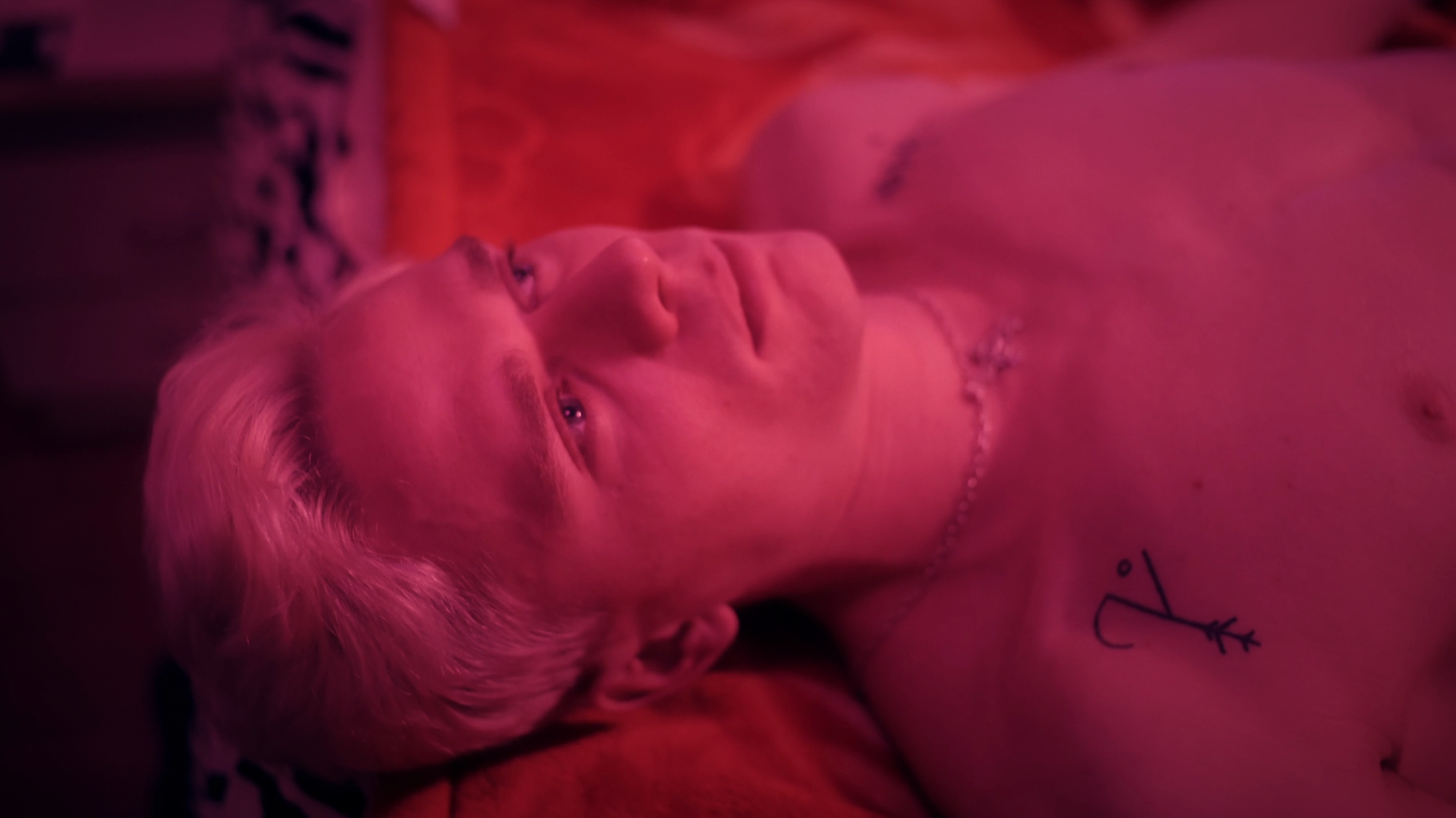
And then there's the club itself, Funky Town, located on a Chengdu street corner surrounded by cavalcades of construction vehicles and heavy machinery. Its name, a beautifully unselfconscious Lipps Inc. reference emblazoned on English signage, marks the West's omnipresent influence—just like the glimmering Walmart it sits across from. It's a ramshackle spot, but it's cozy, and just the right amount of debauched. It's also intensely familiar, evoking the dive-y "Cheers, but make it techno" vibe of Underground SF in San Francisco or Bossa Nova Civic Club in Brooklyn.
Strictly speaking, The Last Year of Darkness isn't a documentary: director Ben Mullinkosson had characters recreate or re-enact scenes, even hiring actors for some of them. This rings true: some of the film's moments feel staged, or at least orchestrated. That's hardly a criticism, though, because numerous scenes are so visceral, and so honest, that their authenticity jumps off the screen. One in particular, a fiercely private moment with Yihao, the drag artist, captures existential pain so vividly and so nakedly it left me breathless.
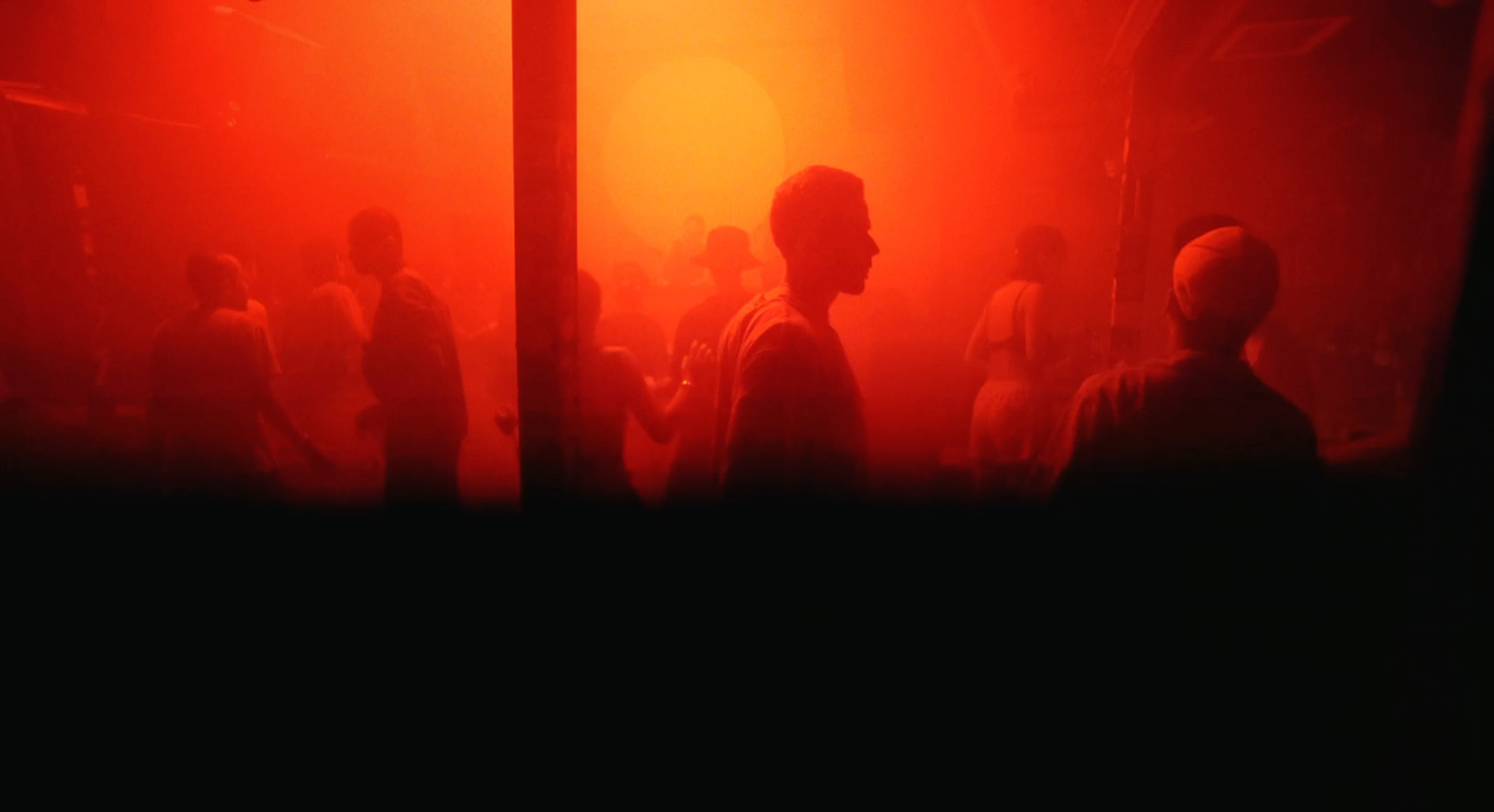
I confess that the depiction of Chengdu's queer scene stunned me—because I genuinely had no idea that Chinese queer culture was so vibrant and so alive. In hindsight, of course the first (or second, depending who you ask) most populous nation in the world has a thriving queer underground, no matter how repressive its state apparatus might be. My ignorance is glaring, but in hindsight, maybe not surprising.
Speaking of state repression, a Mubi article covering the film reports that scenes of a police raid, among others, were omitted from the final cut not only to ensure the safety of the filmmakers' subjects but also to escape government censorship. This is a complicated topic, to be sure: this kind of state-led suppression is frequently cited by American media and policymakers as indicative of the Chinese threat. (Threat to what? To "freedom," of course.) This censorship is egregious, yes, but as I write this, the U.S. is, once again, led by a hollow-brained grifter autocrat ruthlessly pursuing cruel, dehumanizing anti-queer policy through brazenly illegal means. The moral high ground we claim is never what it seems.
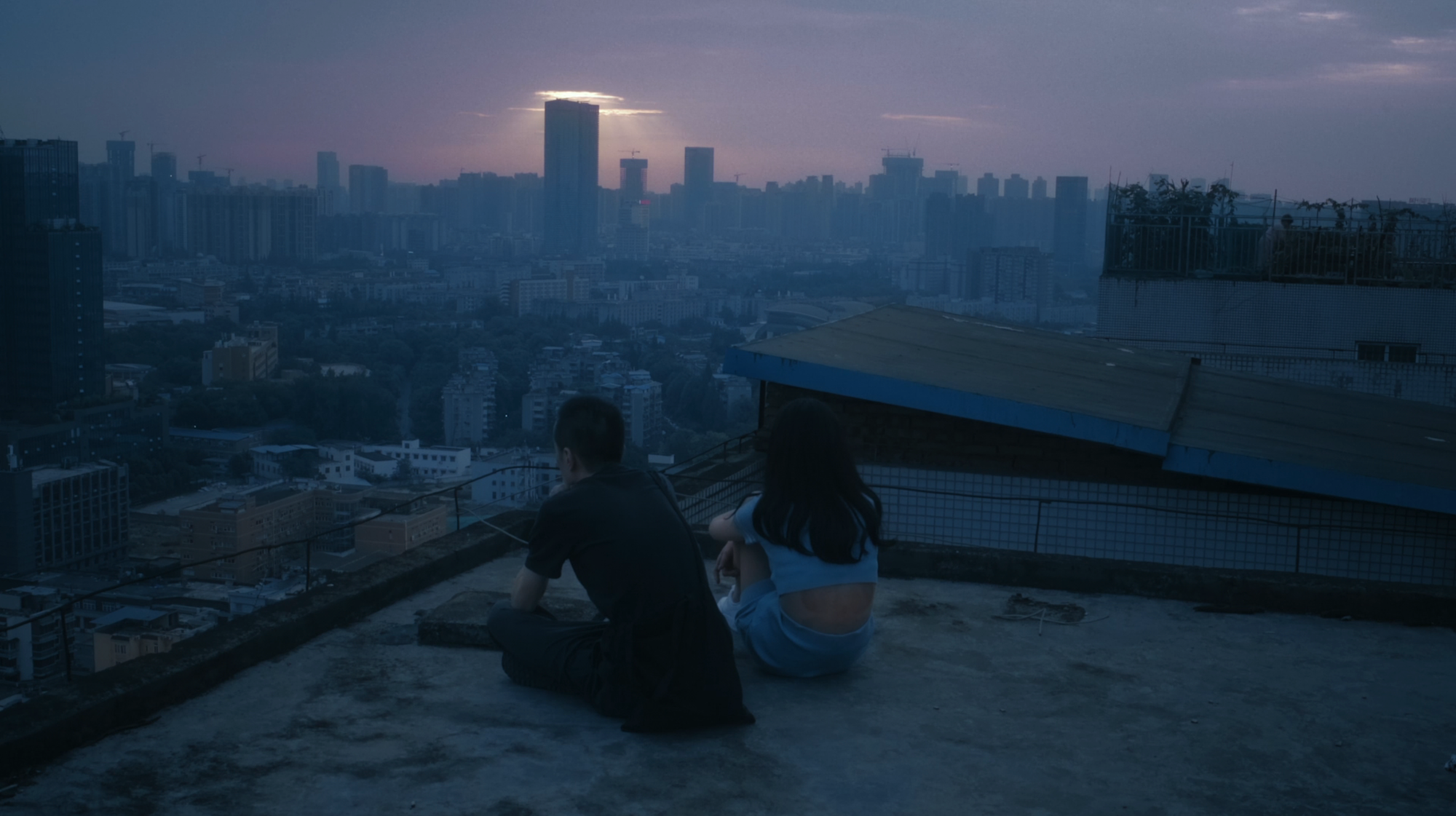
In one of the film's final scenes, Yihao addresses director Ben Mullinkosson: "Ben, I don't think your documentary can record … real life. I think real life is something you need to feel for yourself."
Yihao is right, of course. But watching The Last Year of Darkness, I felt a deep connection to these people I had never met. I saw myself in their experiences, foreign as they were, in a nation I had never visited, nearly 7,000 miles away. And that's as real as it gets.
